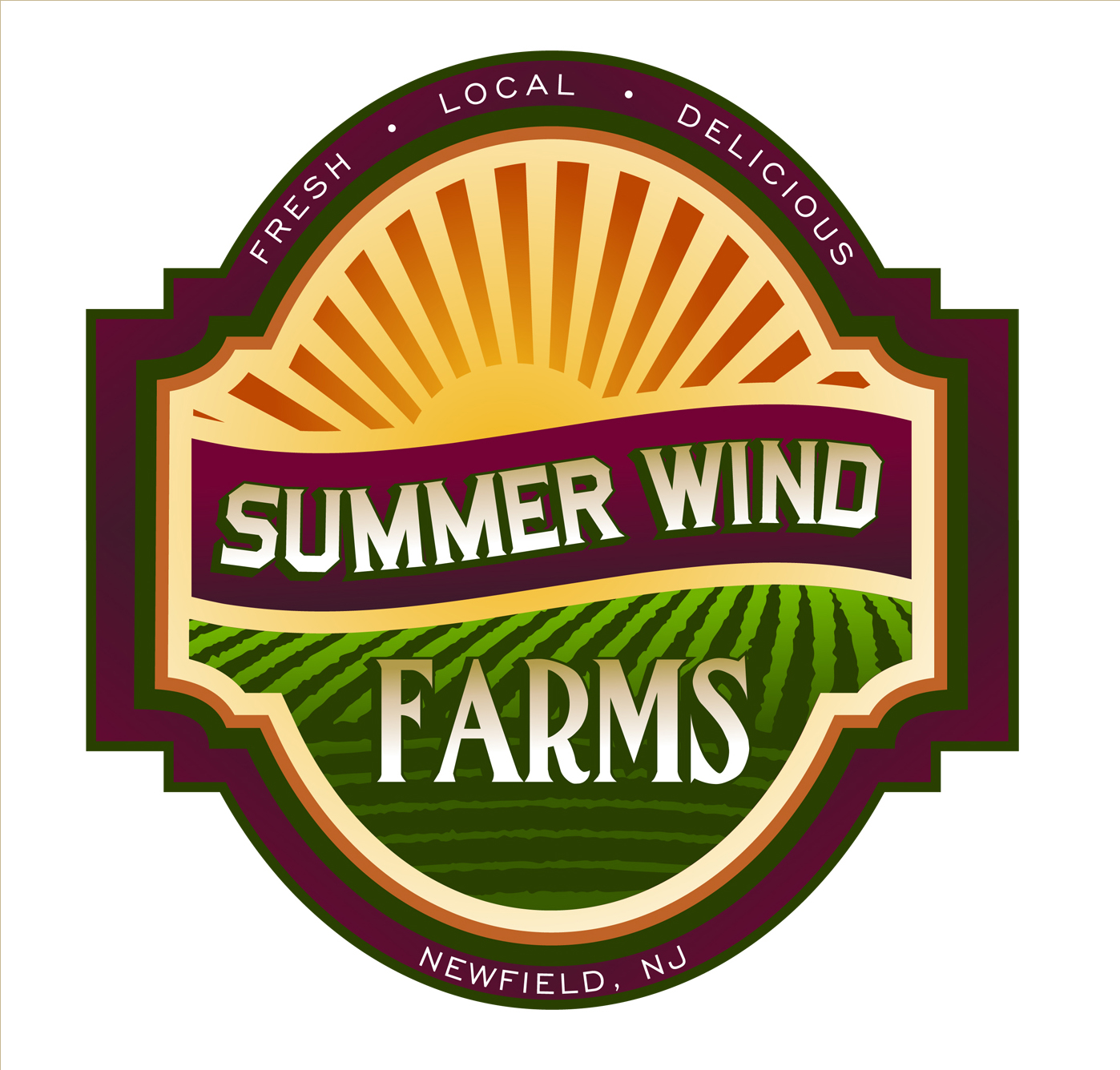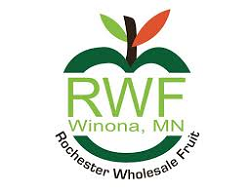High rates of food insecurity in rural areas represent a market opportunity for food suppliers, a new report says.
Published by CoBank’s Knowledge Exchange, the report proposes that innovation in food delivery could reduce hunger in the heartland.
According to the report, rural communities comprise 63% of all U.S. counties but 87% of counties with the highest food insecurity rates. The primary challenge for rural residents is the prevalence of low-access food deserts, where the distance to supermarkets impedes the ability of consumers to access a wide range of food and beverage options, according to the report.
“A sizable portion of the country falls within the realm of a food desert and with 10% of the U.S. population experiencing some degree of food insecurity, the market is there,” Billy Roberts, senior food and beverage economist for CoBank, said in a news release. “Innovation in the areas of driverless and drone delivery could ultimately provide food and beverage companies even more opportunities to establish direct relationships with underserved rural consumers.”
U.S. Census Bureau data indicates that 27 million Americans suffered from food insecurity as of July 2023. Feeding America estimates the number of food insecure is closer to 34 million, the release said.
Walmart is the largest food retailer in the U.S., but there are considerable gaps in its market penetration, the release said. Population density suggests many of the food deserts in less populated areas of the country simply do not have the consumer base to support a full-size grocery store, according to the release.
On the other hand, research from The Brookings Institution finds 93% of the U.S. population — including 90% of people living in food deserts — has access to food delivery from at least one of four major players: Amazon, Instacart, Uber Eats or Walmart.
However, only 37% of rural residents within limited-access food deserts have access to the major food delivery services, the release said. One barrier is the lack of reliable broadband connectivity, the report said.
Convenience and dollar stores have increasingly focused on foods, improving access in some rural communities. However, low margins may be an obstacle to their continued growth in food sales. Dollar Tree recently pared down its profit expectations, citing an increase in low-margin purchases such as food, as well as issues with shrink and fuel costs, the release said.
Roberts said in the release that agribusinesses and food manufacturers looking to establish a more direct line to their consumers may well consider adopting tactics seen during the height of the pandemic.
“Farmers in rural America expanded their own delivery capabilities to meet consumer demand that stemmed from empty grocery store shelves or consumers' efforts to isolate themselves,” he said in the release.
For shelf-stable food and beverage, delivery mechanisms exist even if it takes the form of FedEx, UPS or the U.S. Postal Service.
Technological innovation in the areas of driverless and drone delivery could ultimately ease access and potentially even provide food/beverage brands with a more direct relationship with their consumers.
Fresh food offerings present a different set of challenges, the report said.
Even so, direct-to-consumer approaches will become more viable as delivery technologies improve, the report said.














